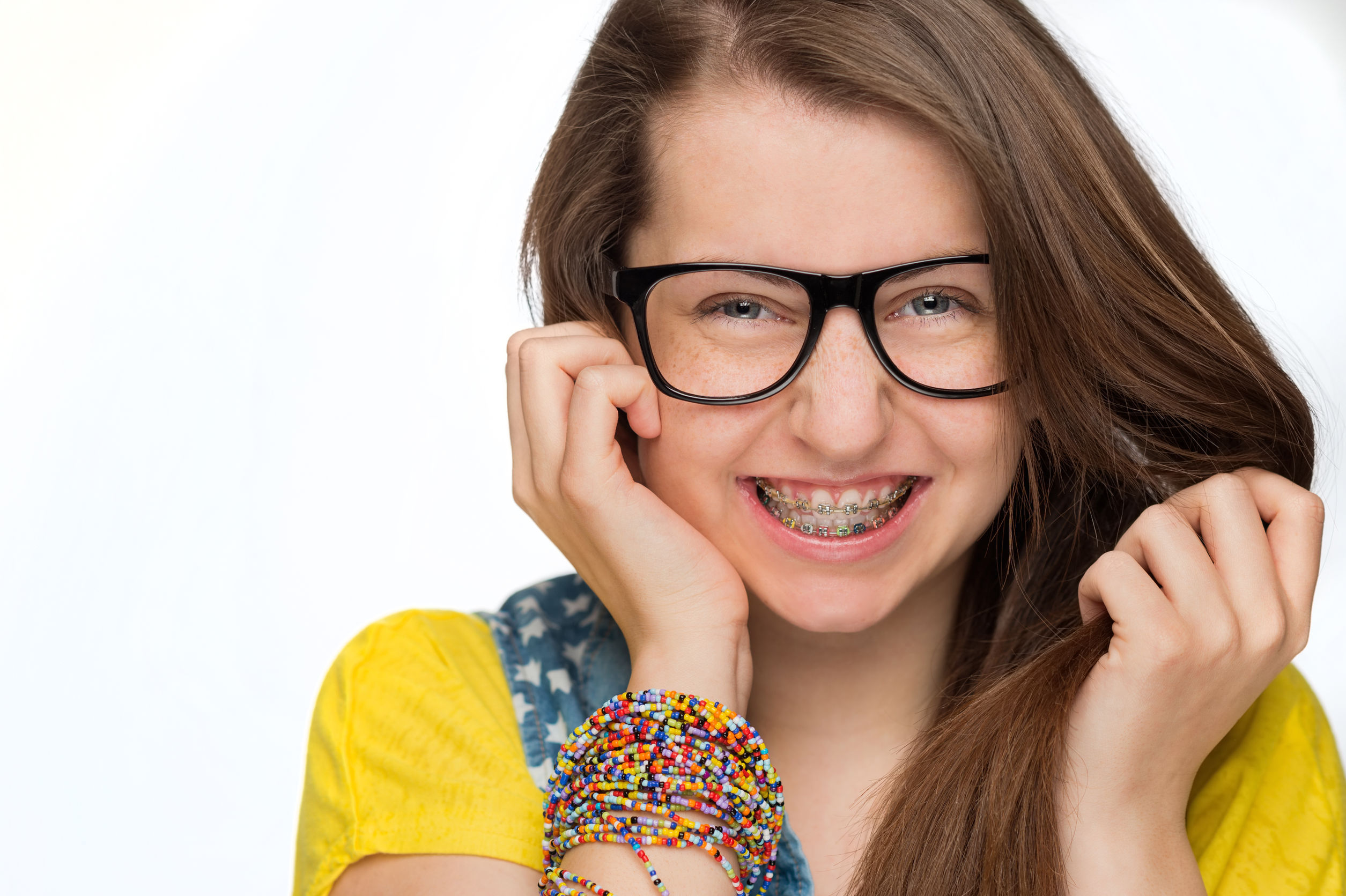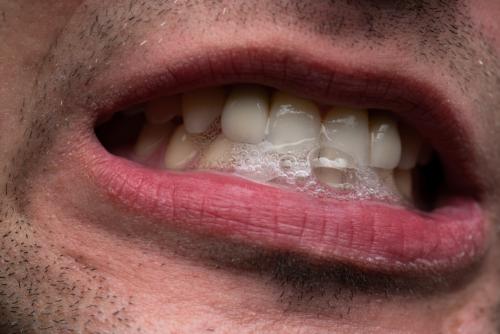Everything about the dental device in children, interview with an orthodontist

The Ortho Institute recommends that each child be evaluated orthodontically until the age of 7 years. If it has cramped teeth, stumble, erupt out of the gum, narrow jaw or any other oral complication, all of these can be corrected during the growth process. Because early intervention can prevent serious and irreversible problems in the future and may even eliminate the need to wear dental equipment, it is important for parents to go to the orthodontist as early as possible. Marinela Bănică, an orthodontist with multiple internships abroad, with pedagogical practice at the Faculty of Dentistry, Department of Orthopedics and Orthopedics, UMF Carol Davila, answered all our questions regarding the children's dental appliance. What Doctor Do: How do we choose the orthodontist? . To become a orthodontist, the doctor must follow 6 years of dental medicine, then three years of specialization in orthodontics.
Check where these studies were made. Specialists typically have hundreds of hours of training in certified associations, but unfortunately only 1 out of 3 orthodontists follow such courses. Then parents should choose a location as convenient as possible. Orthodontic treatment requires many visits to the clinic for a long time, so the location should be relatively close to the child's school, parent's or home office. Last but not least, parents should have confidence in what the instinct tells them.
Doctors have different ways to deal with the same problem. Some are calm and empathy others are direct, hard and demand a strict discipline, especially when it comes to children. I recommend that parents consult 2-3 physicians and compare style, practice, prices. When it comes to a child, parents should ask how comfortable and safe the child feels, but also as parents, towards that physician, to the rest of the medical staff, to the cleanliness and endowment of the cabinet. C.
: Why analyzes are needed before putting a dental appliance? . : The initial examination is the ideal time to gather all the information you need as a doctor regarding the orthodontic treatment of the child. At this stage, parents meet their doctor and eventually the treatment coordinator to get a complete diagnosis. It will include: a full medical history form, face and intraoral photos, radiographs, complete diagnosis, including all patient questions, a detailed description of the treatment plan and proposed goals, discussing multiple treatment options, estimating treatment costs, . As to the concern that radiographs will radiate the little one, parents should know that modern dental x-ray is a digital one and presents a negligible risk to the human body compared to an untreated dental or orthodontic disorder.
According to the American Radiology College and the US Radiology Society the maximum permissible radiation dose accumulated in one year should not exceed 20 mSv and a dental radiography has a dose of 0. 02mSv, that is 1000 times less than the maximum permissible dose in one year. C. : How many types of devices exist and which are the indications of each one? . : Because there are different treatment options, we encourage patients to choose the most appropriate treatment available according to their orthodontic needs, explaining in detail each variant, so that they can make an informed, correct and .
Indicated for children and adolescents are mobile devices, functional and mio-functional devices. And in addition to aligning the teeth, jaws and improving facial development, preortodontic and interceptive treatment can provide additional health benefits by addressing problems with airway dysfunction as well as educating children to get good eating habits. In this way, children can reach their full genetic potential. Fixed devices with transparent brackets and algae are indicated to adolescents and adults. Orthodontics currently offers a variety of types of metallic, ceramic or sapphire brackets applied to the visible surface of the teeth (labial devices) or the lingual inner (lingual devices).
Aligners represent a system of guides made of transparent material offering maximum discretion. A proper physician should warn if there are certain limitations of specific treatments or if certain desired results can not be achieved. Just because a treatment worked on that person will be the right one for you or your baby. Is Preortodontic Intervention Needed - Preortodontic Devices? . : Traditional orthodontics treats adolescents and adults with the clear purpose of straightening their teeth and improving bite (occlusion).
Conversely, Early Orthopedic Orthodontics can be applied to children from the age of three to four years in order to properly develop the maxillary. The mio-functional devices can be successfully used in the repositioning of the jaws, especially in the child with small dental arches and skeletal deflections. These devices help to pull the mandible forward, which greatly improves the oral and facial features. The Dental Training System, orthodontic price, consists of a series of intra-oral devices that are worn for two hours each day plus overnight during sleep. Devices help correct bad oral habits and dental arcade expansion, while exerting light forces to align teeth and jaws.
Based on this research, I use a different approach to orthodontic treatment. The state of the art of MRC and Myobrace® appliances corrects poor oral habits in growing children and improves dental alignment as well as facial development. This makes the orthodontic problems well corrected much earlier than conventional treatments, and many times without the need for fixed dental fixation or permanent tooth extractions for orthodontic purposes. : How important is patient cooperation in pursuing the proposed goal? . : The outcome of orthodontic treatment can be significantly improved through effective physician-patient collaboration.
Due to the specific nature of removable devices, working with children is essential. Preortodontic surgeons must be worn daily and overnight during sleep. Patient cooperation and motivation are extremely important when it comes to achieving optimal results. Depending on the child's individual needs and co-operation, the final alignment may sometimes involve treatment with fixed devices. With good co-operation and maintaining correct oral habits, treatment with Preortodontic Training allows for more stable orthodontic outcomes and improved overall health status.
The success of the treatment depends on the patient's co-operation in observing schedules, maintaining good oral hygiene, avoiding the loss or damage of dental appliances, and carefully following the instructions given by the orthodontist. : What does an intervention plan mean? . : An individualized treatment, depending on the child's situation and age, can take between 1 and 3 years. For the treatment plan, we will need diagnostic photographs, radiographs, fingerprints, and other tests that a specialist recommends according to the situation requiring correction. The duration of treatment depends on the number of corrections of the teeth alignment.
Therefore, the expected duration of treatment differs from patient to patient. For some people, with a minimum of problems, it can take between 6 and 8 months. For others, which require extensive, elaborate treatments, the duration of treatment can reach 36 months until the teeth are fully repositioned. Depending on the type of treatment, appointments to the doctor are performed at a frequency of 2 to 8 weeks. The cost differs greatly depending on the case, type of problem and age of the patient and starts from several hundred euros to several thousand euros.
.
Source : csid.ro
Views : 3369
Popular Article
- (photo) Nude becomes art.
Posted: 2018-03-17, 9747 views.
- The harmful effects of air conditioning on the skin
Posted: 2017-06-08, 8448 views.
- 3 causes of dyed hair discoloration
Posted: 2017-06-15, 8327 views.
- Why early puberty occurs in girls: symptoms, favors, diagnosis and treatment
Posted: 2017-10-24, 8172 views.
- Good or bad skin treatments in the hot season
Posted: 2017-06-07, 7906 views.
Recommendations
- (photo) Nude becomes art.
Posted: 2018-03-17, 9747 views.
- The harmful effects of air conditioning on the skin
Posted: 2017-06-08, 8448 views.
- 3 causes of dyed hair discoloration
Posted: 2017-06-15, 8327 views.
- Good or bad skin treatments in the hot season
Posted: 2017-06-07, 7906 views.
- Risks of practicing sports on hot days
Posted: 2017-06-12, 7490 views.
 4 effective ingredients in the fight against acne.
4 effective ingredients in the fight against acne. How to get rid of hiccups fast
How to get rid of hiccups fast The wheat bran diet: the secret of lost pounds as if by magic
The wheat bran diet: the secret of lost pounds as if by magic The recipe that will sweeten your soul this weekend!
The recipe that will sweeten your soul this weekend!  Is it dangerous or not to refreeze meat after thawing it?
Is it dangerous or not to refreeze meat after thawing it?  The unusual sign of diabetes indicated by saliva.
The unusual sign of diabetes indicated by saliva. What to drink to boost your immune system.
What to drink to boost your immune system. 10 foods that help you never age.
10 foods that help you never age. What actually happens in your body if you drink a cup of coffee for breakfast
What actually happens in your body if you drink a cup of coffee for breakfast 5 surprising benefits of chia seeds
5 surprising benefits of chia seeds